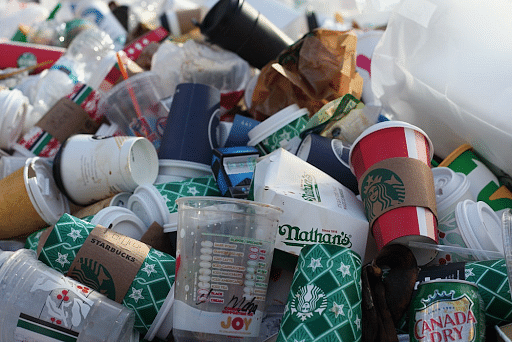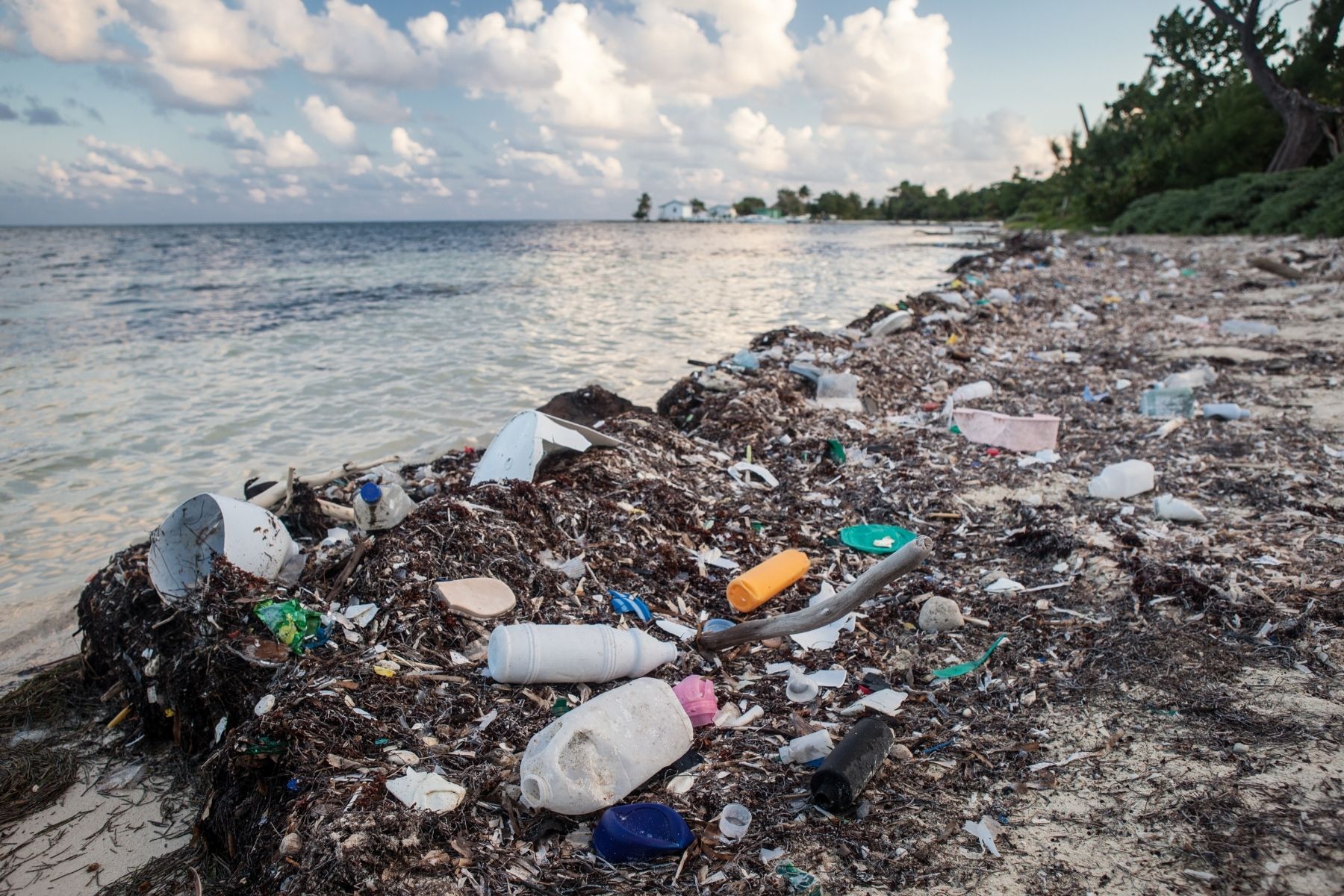Sources of Dry Waste
1]Households:Everyday items such as packaging materials, newspapers, and old clothing constitute a major portion of household dry waste.
2]Commercial Establishments: Offices, restaurants, and retail stores generate significant amounts of paper, packaging, and other non-biodegradable waste.
3]Industries:Manufacturing and production processes produce a variety of dry waste, including scrap metal, plastic offcuts, and discarded machinery parts.
4]Construction and Demolition:This sector generates debris like concrete, bricks, glass, and wood, contributing heavily to dry waste volumes.



